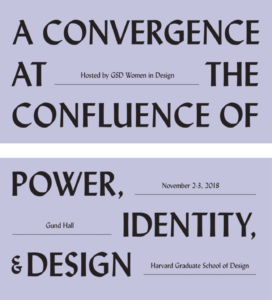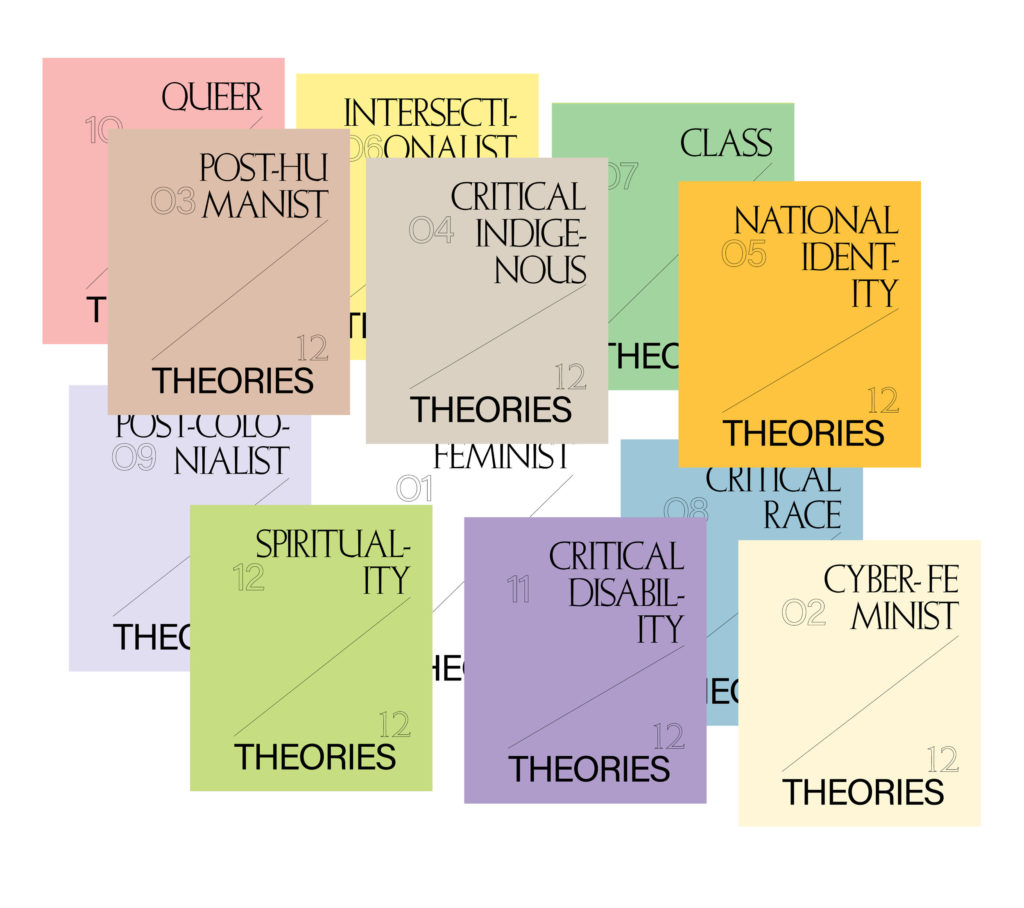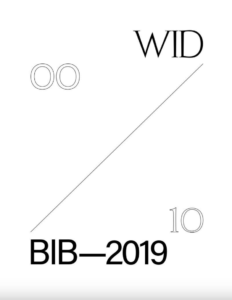It’s been almost three years since the #MeToo movement started launching public awareness around the architecture industry’s many fault-lines. While dismantling a culture that has been troublingly hierarchical, sexist, racist, and sometimes predatory is slow, grinding work, the unprecedented events of 2020 seem to be inspiring a kind of sea change at Harvard’s Graduate School of Design.

“The main changes have been in the coursework, public programming, guest critics on reviews, and who is coming to teach,” says Shira Grosman of the GSD’s Womxn in Design (WiD). The student group has been highlighting the need for a revised pedagogy since first organizing Convergence, a two-day conference in late 2018 that explored the intersection between identity and design—and especially how, in the group’s words, “the conditions in which we learn become the conditions we practice and reproduce.” The conference’s workshops and panels inspired WiD to commission a separate annotated bibliography of identity theories it believes must play a greater role in design education. With sections on Feminist, Cyber-Feminist, Post-Humanist, Critical Indigenous, National Identity, Intersectionalist, Class, Critical Race, Postcolonial, Queer, Critical Disability, and Spirituality theories, the bibliography provides intentionally bite-sized excerpts rather than comprehensive texts. “It was an effort to make things accessible and digestible,” says 2019–20 cochair Fiona Kenney—“articles you could read on the bus in whatever spare time you have as a graduate student.”

Currently in its second iteration, the “Bib,” as it’s colloquially called, now seems entirely prescient. Before this summer’s widespread protests and heightened awareness of systemic racism, attempts to integrate new perspectives into the curricula had been uneven across departments at the GSD. “For much of 2019 and 2020, we brainstormed with architecture professor Lisa Haber-Thomson about how to move the Bib into mainstream discourse,” says WiD’s Yashada Wagle, though COVID put a hold on any progress at the time. “The subject matter students are asking to be taught is outside what most faculty know,” adds Grosman. “We want to know about non-Western, non-Eurocentric ideas and projects, practitioners, and scholars.”
The most recent Bib, coedited by Grosman and Wagle, substantially increased the content of previous editions and was available in both a color-coded print version for $35 and as a digital PDF for $5. Not only did students and faculty at the GSD buy the publication, but the Bib reached a number of other schools in the US, Canada and, interestingly, Kuwait. “We were also able to archive it at the Barnard Design Library,” notes Grosman.

As with any attempt to encapsulate complex issues, the matter of what to include and exclude is a constantly moving target and things are sure to be missed—which is exactly why the bibliography is an ongoing project whose editorial leadership and research group changes every year. Although no new categories are slated for the Bib’s 2021 iteration, it will expand beyond strictly scholarly texts and include film, oral histories, podcasts, images, and articles. “I think in order to teach some subjects differently we need to consider new types of material,” explains Grosman.
While the bibliography may have been an offshoot of WiD and a reflection, in part, of the GSD’s many identity-based groups, the hope has always been to benefit the school’s entire community, regardless of identity or affiliation. If introspection is key to changing the industry’s power imbalances, then this seems like a great start. “A number of public programs have responded to the moment,” says Grosman. “I think it’s too early to say that this will continue, but I hope it does.”
